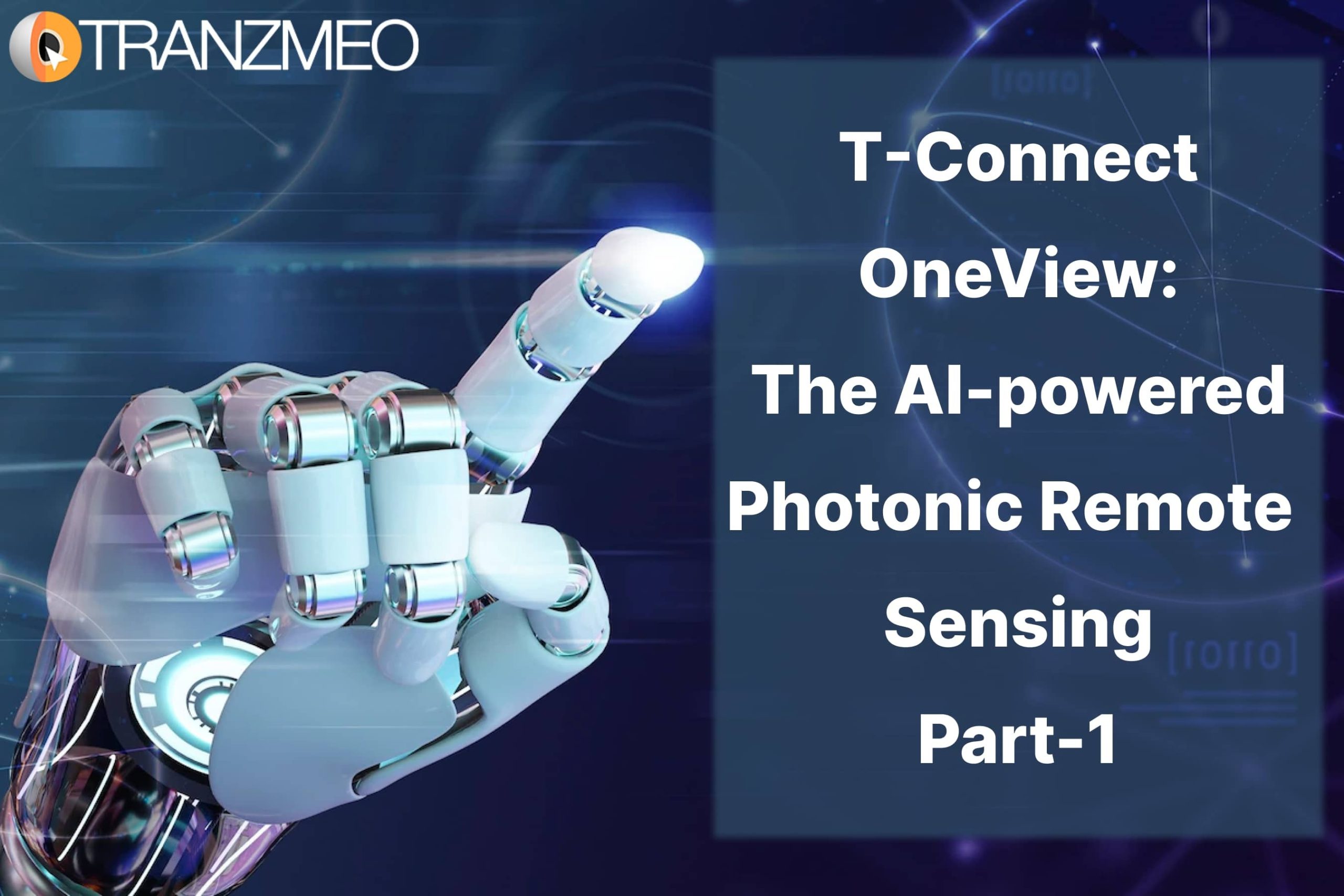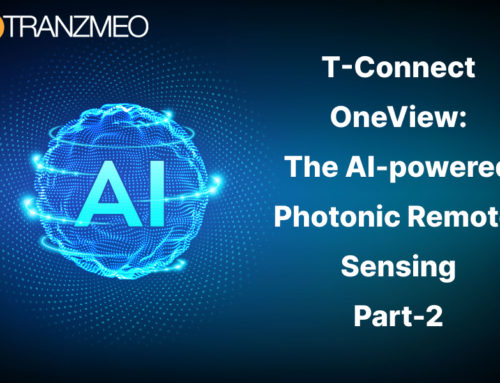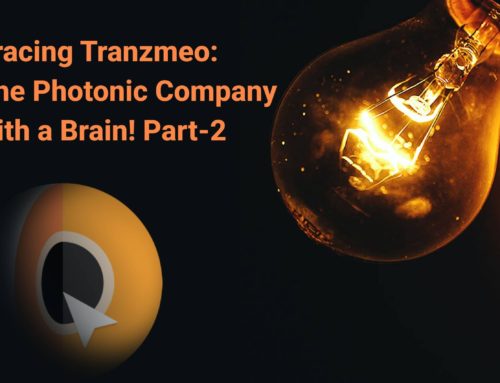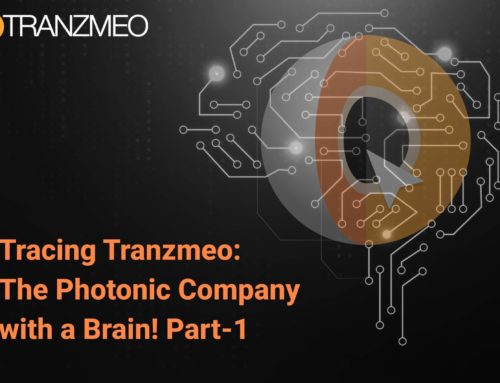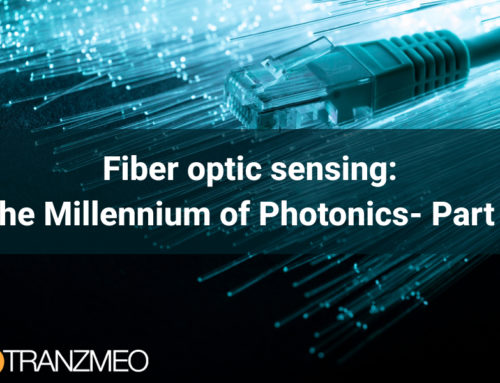The oil and gas industry in India primarily transports its fuels through pipelines. Evidently, The pipeline network predominates all other transportation modes. Pipeline protection is a task that has to be continued with great prudence. The fuels running through these pipelines can fast forward or tumble down the whole industry.
To handle a critical task such as this, there is no better alternative than resorting to the potential of AI and Photonics. Tranzmeo runs on this notion and the company’s core system has combined these two groundbreaking technologies in order to redefine the whole pipeline monitoring industry.
Blurring boundaries
The fourth industrial revolution preaches the amalgamation of advanced digital technologies and physical assets. In order to obscure the boundaries between the physical and digital worlds, Industry 4.0 has redirected its focus on to futuristic technologies. The new age solutions depend on technologies like Artificial Intelligence, Machine learning, Deep Learning, and IoT, or the Internet of Things (the industry favorite). The watchwords of Industry 4.0 are efficiency, productivity, and safety of the workers who are working in hazardous conditions.
Artificial Intelligence in turn emphasizes the importance of human cognitive functions in the analysis of data, decision making, selection, and tracking. There is no way a machine could completely replace a human being. But at times machines can run faster than any human brain can think of.
In handling the critical assets of the country, we have the responsibility to deploy the best technologies to the field. To achieve this, Tranzmeo has integrated the possibilities of photonics with the current industry giant, Artificial Intelligence, and its subsidiary, the magnificent Machine Learning!
Safeguarding Pipelines
The monitoring of the oil and gas industry became effortless with the implementation of Distributed Acoustic Sensing (DAS) and Distributed Temperature Sensing (DTS) systems on the pipelines. However traditional DAS/DTS systems had their own limitations as well. Traditional DAS/DTS had hiccups in identifying the nature and functions of the activity happening on the premises near the pipeline.
They had trouble distinguishing whether the activity is manual digging, land machines or vehicle activity, etc. The nature of the activity is highly important and the protection remains incomplete without effectively figuring it out.
As they are carrying the crucial fuels of the country, Pipelines are highly susceptible to theft. These fuel arteries are prone to damage created by environmental changes as well. A single anomaly in the pipelines can cause high losses and sometimes even human deaths. So a system that identifies the error after they have appeared on the surface is not sufficient for the complete protection of pipelines.
Here comes the advantage of machine learning algorithms. Through simulations and processing of acquired data, machine learning systems monitor the pipelines in an advanced and refined way. These systems can predict the exact nature of the event and the type of activity. They can predict the events instead of diagnosing them after the damage has been done.
Tranzmeo’s advanced system
T-Connect OneView is a smart device that is a combination of sensor hardware and AI induced software. By using a photonic sensor, Tranzmeo has been able to considerably miniaturize the hardware. T-Connect OneView, an advanced remote sensing software powered by AI and ML, is the core product of Tranzmeo. OneView works by processing the data received from TRIDAS, TRIDTS, and TRIDRO.
The raw data is captured with the help of these sensors and at times, some third-party traditional DAS and DTS systems generate data. The OneView runs on an AI and ML framework to perform complex calculations. OneView system can handle a high signal ratio where the clarity of signals is much higher than the unwanted background noise.
The fiber optic cables which are transformed into sensing cables with the support of AI software ease the procedures of data generation and transmission. The fibers are capable of detecting negative pressure waves, temperature gradients, and acoustic and orifice noise.
Handling one of the critical assets of the country, the oil and gas pipelines, Tranzmeo has a great responsibility to keep the data unraveled and safe. To extract the data safely from the pipelines, an individual sensor is not adequate.
The fusion of optic sensors enables a more precise and accurate data extraction. When the data from different sensors combine, the uncertainty is can be reduced minimum or zero. Along with the pipelines, OneView is built to be capable of protecting railroads, subsea cables, smart roads, LNG power plants, etc.
